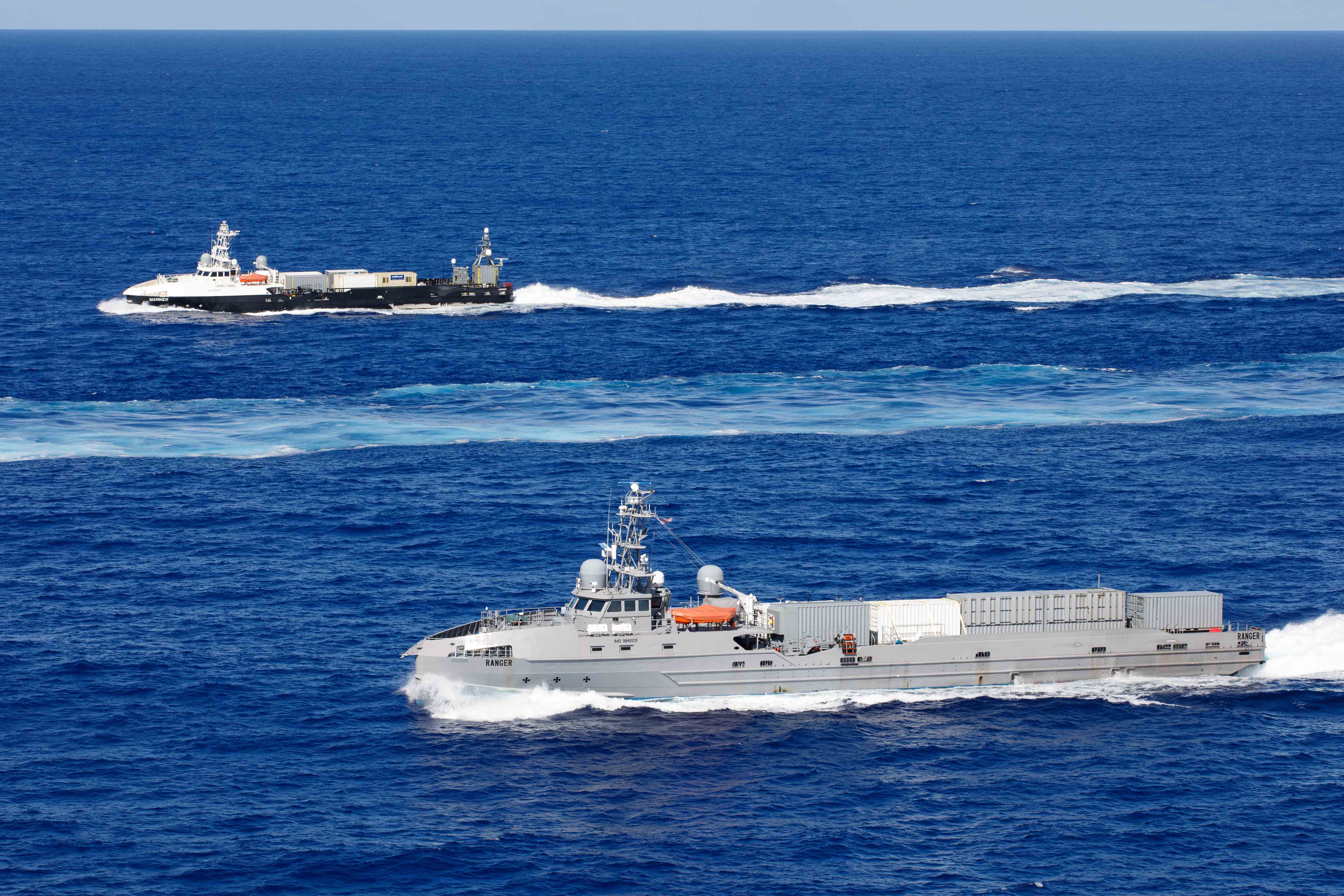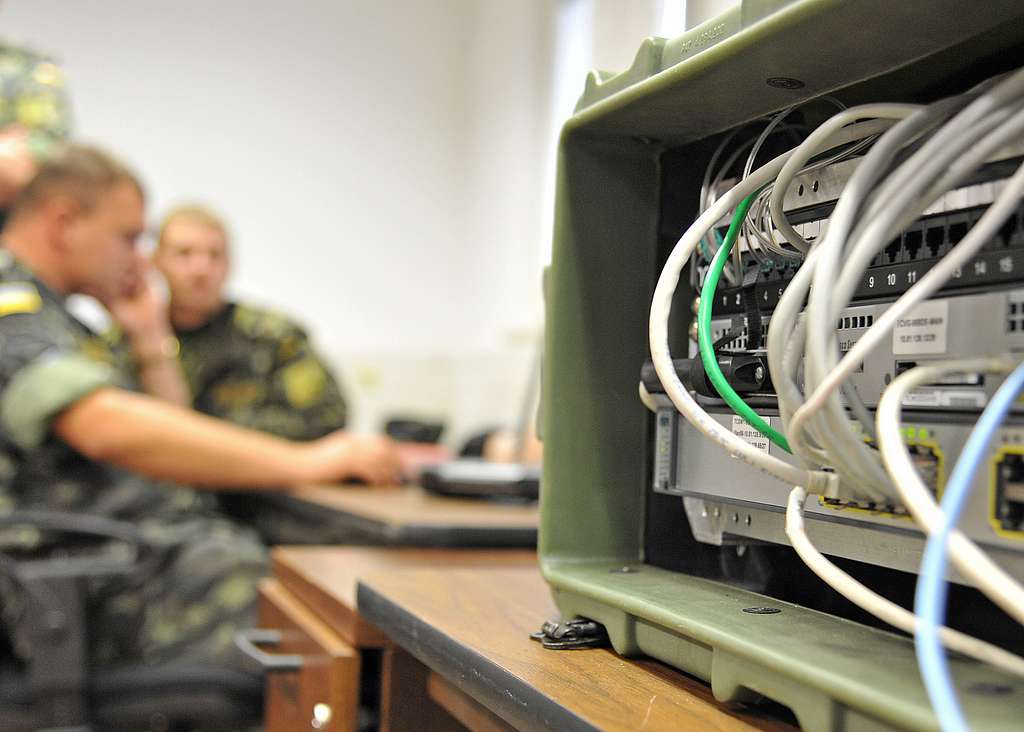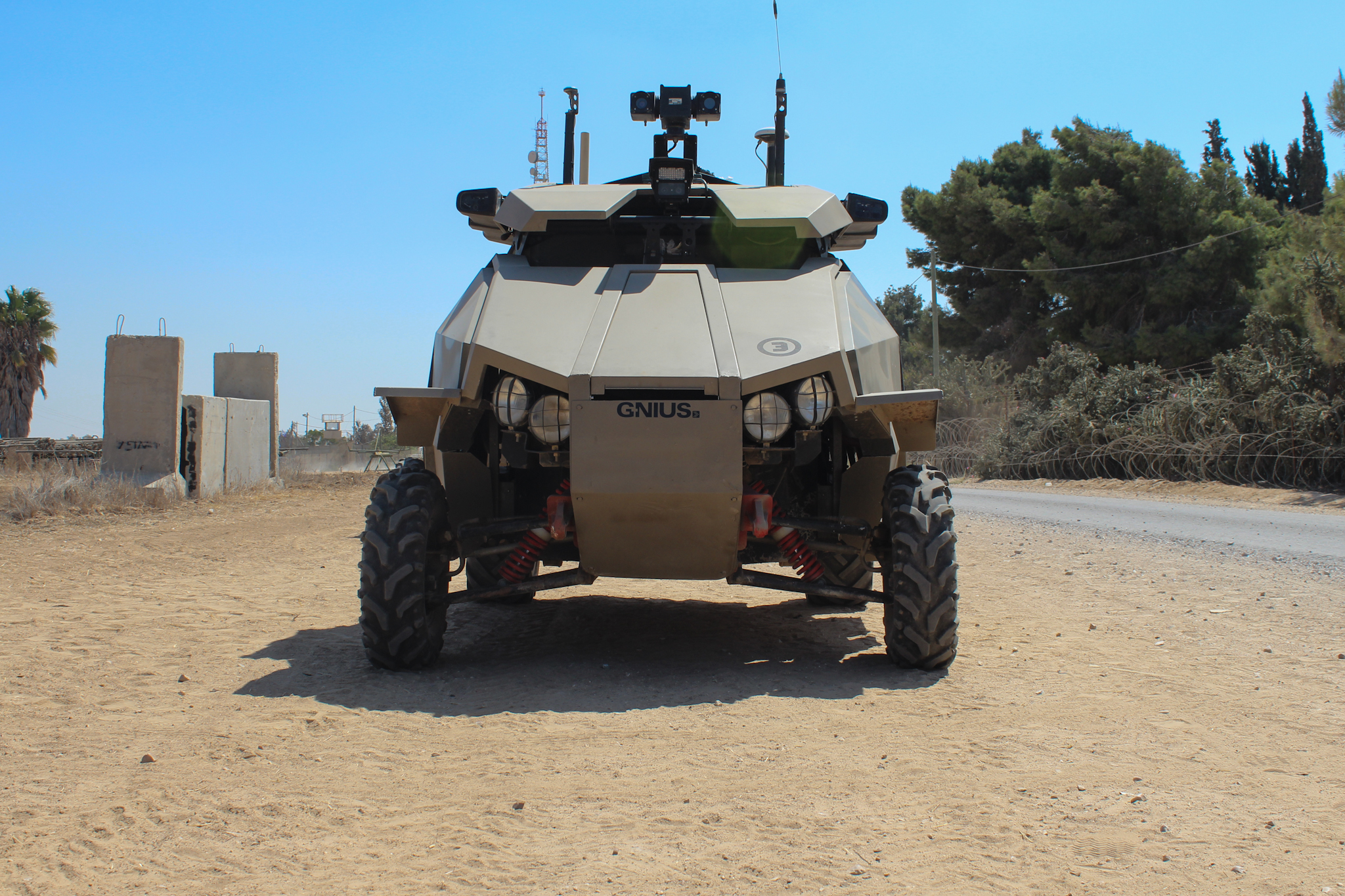Of Course President Obama Has Authority, Under Some Circumstances, to Order Lethal Force Against a U.S. Citizen on U.S. Soil (and a Free Draft Response to Senator Paul for John Brennan)
I noted last week than in his answer to the question whether the Obama administration could “carry out drone strikes inside the United States,” John Brennan gave this non-response: “This Administration has not carried out drone strikes inside the United States and has no intention of doing so.” Now Senator Paul has followed up in a letter that asks Brennan: “Do yo
Published by The Lawfare Institute
in Cooperation With

I noted last week than in his answer to the question whether the Obama administration could “carry out drone strikes inside the United States,” John Brennan gave this non-response: “This Administration has not carried out drone strikes inside the United States and has no intention of doing so.” Now Senator Paul has followed up in a letter that asks Brennan: “Do you believe that the President has the authority to order lethal force, such as a drone strike, against a U.S. citizen on U.S. soil, and without a trial?” Senator Paul says that he will block Brennan’s confirmation unless he “directly and clearly” answers this question. That should be easy for Brennan to do. The direct and clear answer to the question is, “Yes he does, under certain circumstances.”
Before we get to the type of answer Senator Paul is probably looking for, it is worth noting that the President has plenty of authorities to use force in the domestic realm in certain contexts. If it had been able to act more quickly, the Bush administration would have been authorized by Article II to use military force, including drones (if they had been available), to stop the September 11, 2001 attack on the Pentagon, even if an American citizen were among the perpetrators. (Recall that the Bush administration scrambled F-22s.) In addition, if the FBI attempted to arrest a U.S. citizen al Qaeda member in the United States, and he resisted arrest and fired on the agents, they could surely respond with lethal fire in self-defense. (One can even imagine the use of drones in self-defense if the resistance were sufficiently robust and dangerous.) Brennan could answer Senator Paul’s questions directly and clearly in the affirmative by citing only these examples.
But there is more. 10 U.S.C. § 333 provides (with my emphasis):
The President, by using the militia or the armed forces, or both, or by any other means, shall take such measures as he considers necessary to suppress, in a State, any insurrection, domestic violence, unlawful combination, or conspiracy, if it— (1) so hinders the execution of the laws of that State, and of the United States within the State, that any part or class of its people is deprived of a right, privilege, immunity, or protection named in the Constitution and secured by law, and the constituted authorities of that State are unable, fail, or refuse to protect that right, privilege, or immunity, or to give that protection; or (2) opposes or obstructs the execution of the laws of the United States or impedes the course of justice under those laws.”See also 10 U.S.C. §§ 332, 334. (For a good historical backgrounder on these and related laws, see Steve’s student Note.) These are extraordinarily broad authorities for the president to use military force in his discretion to confront forms of domestic mischief short of war. (These authorities also constitute congressional authorization that brings the use of armed forces under the statutes outside of the purview of the Posse Comitatus Act.) President George H.W. Bush, promising to use “whatever force is necessary to restore order,” invoked these laws to send thousands of federal troops to quell the 1992 Rodney King riots in Los Angeles. I don’t know whether this military contingent used lethal force.* But the military certainly would have been authorized to use lethal force, by Congress and the President, both in self-defense and, if necessary and as a last resort, to effectuate arrests of violent and resistant rioters, as long as it did so consistent with the fact-specific Fourth Amendment balancing test articulated in cases such as Tennessee v. Garner and its progeny. What I have written thus far would be a complete answer to Senator Paul’s poorly crafted question. But it is probably not the answer he is looking for. He probably wants to know whether the AUMF authorizes the President to use force against a U.S. citizen al Qaeda member found in the United States, perhaps by identifying him in advance as a target of force. The answer to this question is also probably “yes, under certain circumstances” though the answer is complicated. The AUMF, unlike some other authorizations of military force in U.S. history, contains no geographical limitation (a point the Obama administration emphasized in its famous March 13, 2009 brief, which offered its first construction of the AUMF). Moreover, the AUMF was a response to an attack by enemy forces in the homeland, and its preamble directs the President “to protect United States citizens both at home and abroad.” For these reasons, among others, I think the AUMF authorizes the President to use military “force” in the homeland against persons covered by the AUMF. (The Fourth Circuit, in a now-vacated opinion in Al-Marri, agreed with this construction with respect to detention.) That is not the end of the story, of course, for there are additional legal restrictions on the use of authorized force in the homeland (including the Fourth Amendment and probably, in this context, the laws of war). And in most if not all cases, the threat presented by a previously identified person in the United States could and would be stopped with means short of lethal force, such as capture (which if the norm in the law enforcement context). But the President could invoke the AUMF if a U.S. citizen al Qaeda member were in the midst of an attack on the homeland. Imagine, for example, a repeat of 9/11 where there is a known U.S. citizen in the cockpit; the President could rely on the AUMF, in addition to Article II, in meeting that attack. And he could use drones if he wanted (though Congress could, if it wanted, restrict their use). Of course the President would only use military force as a last resort, in this circumstance and others. And of course there are all sorts of hard questions about the limits on this authority – about whether and at what point the President could use force in the face of an imminent attack, and about how the President (and his subordinates) would determine whether the perpetrator was a member of al Qaeda and a real threat. But note that these same basic questions (“is that person a true threat, and is this level of force appropriate?”) arose for troops on the ground in Los Angeles in 1992. And indeed such questions arise every day for state and police forces around the country. One can understand why the administration would not want to get in to these details, especially since any discussion of possible presidential uses of force in the homeland makes many Americans understandably very nervous. But Senator Paul’s poorly worded question does not demand that the administration get in to these details. All Brennan needs to say to answer Senator Paul “directly and clearly” is this:
“I am being considered for the position of Director of the Central Intelligence Agency, which does not have authority to engage in lethal force inside the United States. And I am not a lawyer. However, I have been authorized by the administration to say that Congress or the Constitution or both authorize the President and his subordinates to use lethal force against a U.S. citizen on U.S. soil, consistent with the restrictions of the Fourth Amendment and other laws, in order to stop attacks on the homeland such as occurred on 9/11, or in self-defense in the face of violent resistance to proper arrest, or in the circumstances authorized by Congress in 10 U.S.C. §§ 332-334. Such force would only be deployed as a last resort and consistent with other statutes and constitutional restrictions. Beyond these general principles, it is impossible and imprudent to specify the various contextual considerations and contingencies that would inform the President’s exercise of his authorities. It is conceivable that some of these authorities – for example, the President's authority (and duty) to stop a 9-11-style attack on the homeland – could be exercised through fire from a drone, as opposed to the F-22s that the Bush administration scrambled on 9/11. However, as I stated previously, ‘this administration has not carried out drone strikes inside the United States and has no intention of doing so.’”The President is the nation’s Chief Executive and Commander in Chief, and since the founding of the nation (remember George Washington’s response to the Whiskey Rebellion of 1791?), these positions have been understood to carry with them the authority to use force, in certain circumstances, in the homeland. Americans have since the beginning insisted that the President must have these authorities, but they have also since the beginning been nervous about his possession of them, and about how they might be abused, especially since the President’s discretion is hard to cabin fully by law. The possession of the presidential authorities is necessary, and anxiety about the President’s exercise of these authorities is healthy. The new drone technology has heightened this anxiety for some. But the same legal principles that govern other presidential uses of force in the homeland would apply to drones. And Congress of course can restrict their use in the homeland if it likes. * Phil Carter pointed me to this interesting study on the 1992 “Military Operation on Urban Terrain” in Los Angeles to quell the Rodney King riots. It shows (e.g. p. 119) that the military in fact did deploy lethal force. It also reproduces (p. 155) the rules of engagement for the use of deadly force in this context:
Use of Deadly Force 1. Deadly force refers to the use of any type of physical force in a manner that could be reasonably expected to result in death whether or not death is the intent. 2. The use of deadly force is authorized only where all three of the following circumstances are present: a. All other means have been exhausted or are not readily available. b. The risk of death or serious bodily harm to innocent persons is not significantly increased by its use. c. The purpose of its use is one or more of the following: (1) Self-defense to avoid death or serious bodily harm (threat of harm is not restricted to firearms, but may include assault with bricks, pipes, or other heavy missiles, incendiary and explosive devices, or any other material which could cause death or serious bodily harm.) (2) Prevention of a crime which involves a substantial risk of death or serious bodily harm. (3) Defense of others where there is a substantial risk of death or serious bodily harm. (4) Detention or prevention of the escape of persons against whom the use of deadly force is authorized in subparagraphs (1), (2), and (3) above.
Jack Goldsmith is the Learned Hand Professor at Harvard Law School, co-founder of Lawfare, and a Non-Resident Senior Fellow at the American Enterprise Institute. Before coming to Harvard, Professor Goldsmith served as Assistant Attorney General, Office of Legal Counsel from 2003-2004, and Special Counsel to the Department of Defense from 2002-2003.





